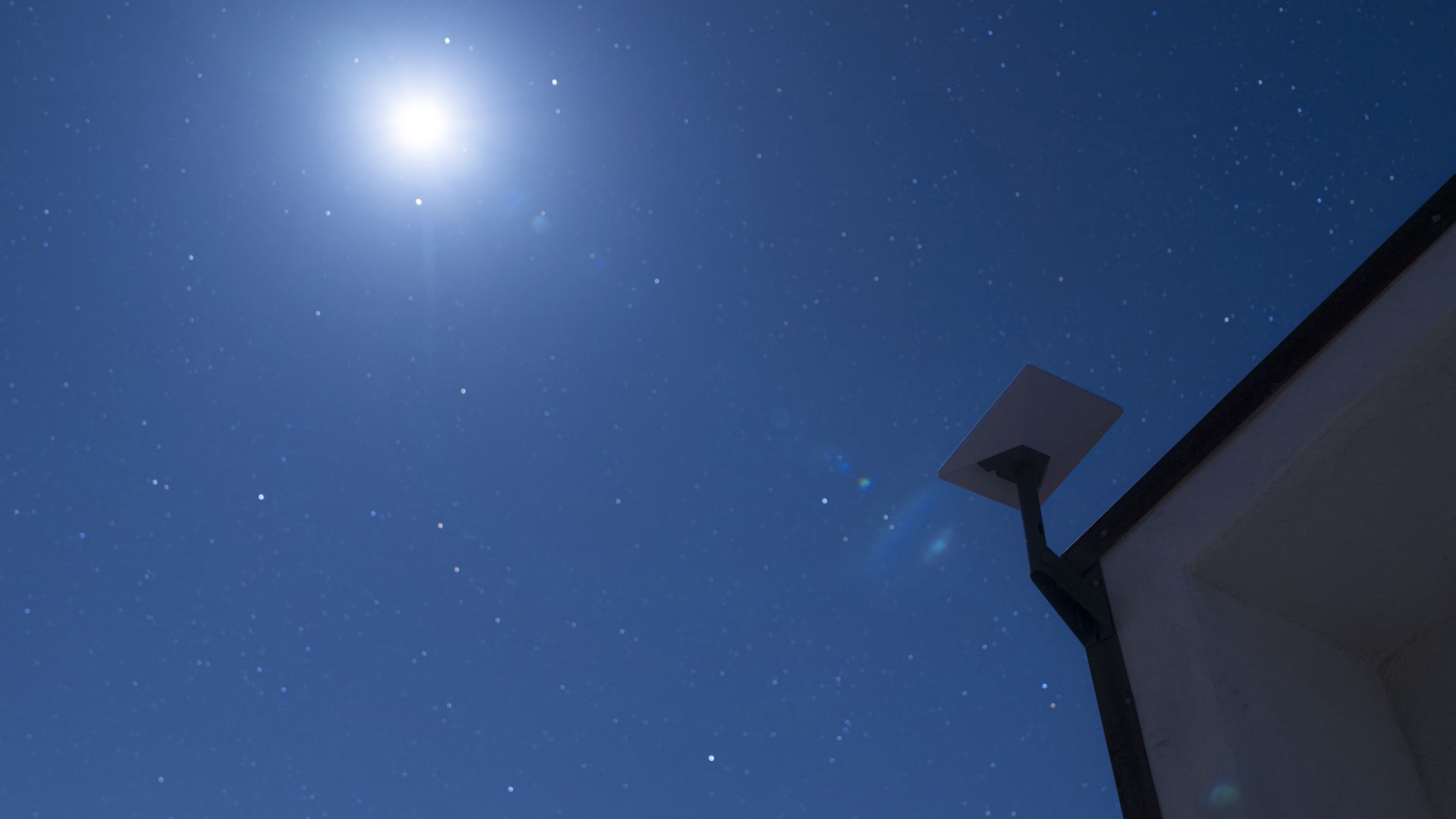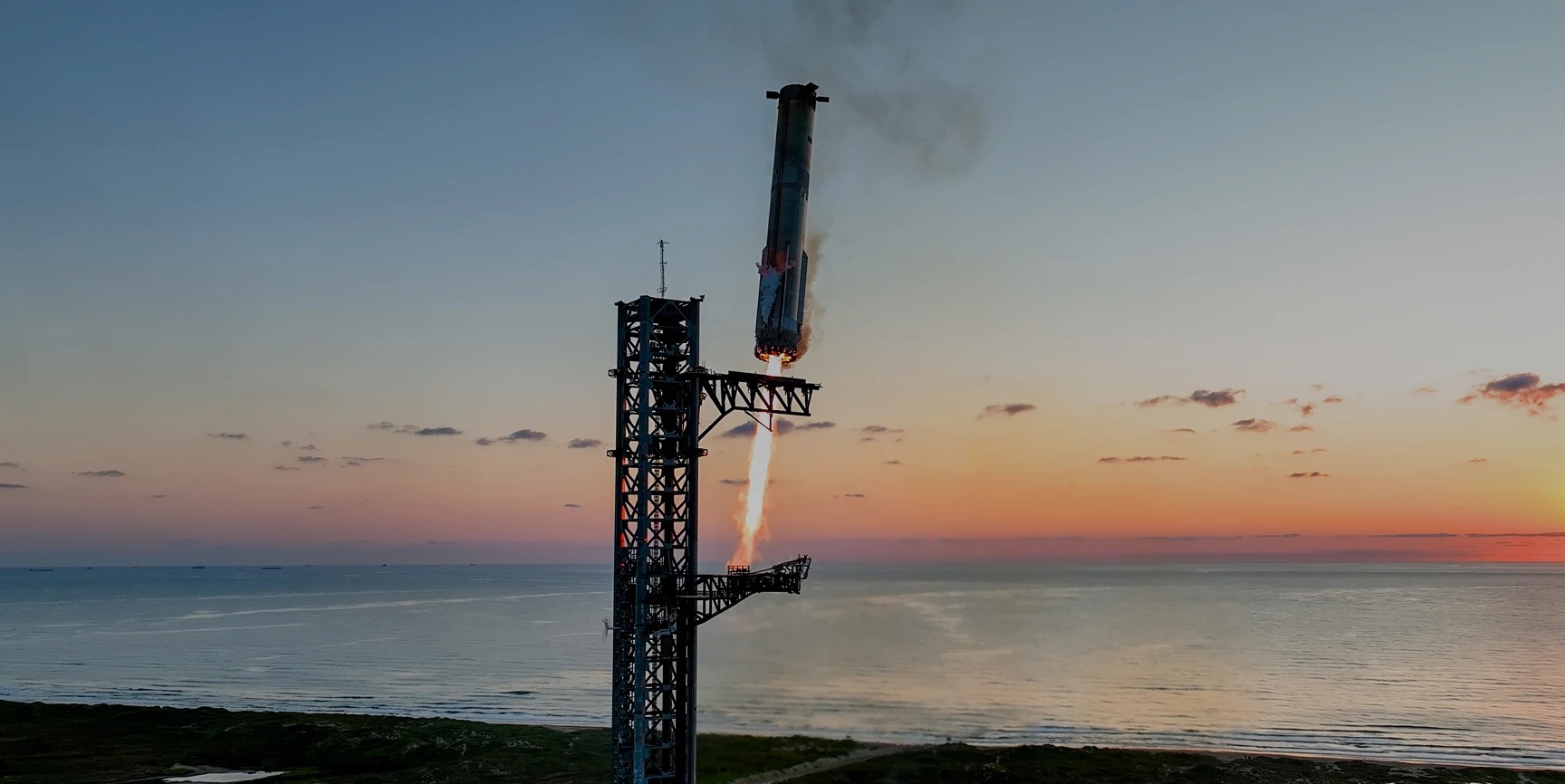Don't look up: That's not a shooting star, it's another Starlink satellite burning up
They're coming down at a rate of several per day.

If you're in the western half of Canada or the USA, reportedly you've been treated to quite the evening light show of late. What has looked like shooting stars or meteorites entering the Earth's atmosphere has in fact been Starlink satellites burning up in ever greater numbers.
According to retired Harvard astrophysicist Jonathan McDowell (via Earthlink), roughly two Starlink satellites are burning up in the Earth's atmosphere every day. And that's set to go up.
If that all sounds pretty alarming, it's not necessarily a disaster. In fact, it's probably the plan. At the latest count, Starlink has about 8,500 of its low Earth orbit (LEO) comms satellites up there in the inky blackness.
Now, because Starlink satellites are in such low orbit, they experience significant drag from the Earth's upper atmosphere. That means the satellites need regular injections of velocity-increasing thrust to stay in orbit. As we'll see in a moment, this is probably a good thing.
But one consequence is that the satellites can only stay aloft for a limited period, around five years. Starlink has plans for anywhere from 12,000 to over 40,000 satellites in the long haul.
To choose a round figure of 15,000 satellites and factoring an average five-year lifespan, Starlink would be launching and de-orbiting about 3,000 satellites a year. And that means around eight Starlink satellites burning up each and every day.

A higher orbit would allow for longer-lasting satellites. But one of the obvious advantages of the lower orbit is that satellites naturally fall into the Earth fairly rapidly. That reduces the chances of problems like the so-called Kessler syndrome, a theoretical chain reaction in low Earth orbit where an increasing number of space debris objects collide, creating more debris and increasing the probability of further collisions.
Keep up to date with the most important stories and the best deals, as picked by the PC Gamer team.
By situating its thousands of satellites in very low orbit, Starlink has reduced the chances of that kind of cascade event and also ensured that in the event of any such catastrophe, the worst of it is dissipated more quickly.
Of course, all of that says nothing about the risks of all that debris falling to Earth. Much of it is harmlessly burned up in the atmosphere. A 2023 report by the Federal Aviation Administration (via Gizmodo) estimates that one person will be injured or killed by satellite debris every two years by 2035. It also notes that by then 85% of that debris will be made up of Starlink satellites.
It's a real-enough problem, then. What exactly happens if you're hit by the remains of a Starlink satellite, isn't totally clear. Our understand is that international law dictates that private companies aren't liable for any damage or harm from space debris, but their host countries, in this case the USA, may be.
Long story short, that's probably not a dispute you want to get involved in. But in the meantime, the next time you see a shooting star, remember that there's a good chance it's a bit of Starlink's network de-orbiting itself.

1. RTX 5060 laptop | Lenovo LOQ 15 | $810 (save $490)
2. 1 TB SSD | Lexar NM790 | $66 (save $24)
3. Gaming chair | Corsair TC100 Relaxed | $160 (save $110)
4. 4K OLED monitor | MSI MAG | $750 (save $150)
5. GPU | ASRock RX 9070 XT | $640
👉Check out our full list of deals👈

Jeremy has been writing about technology and PCs since the 90nm Netburst era (Google it!) and enjoys nothing more than a serious dissertation on the finer points of monitor input lag and overshoot followed by a forensic examination of advanced lithography. Or maybe he just likes machines that go “ping!” He also has a thing for tennis and cars.
You must confirm your public display name before commenting
Please logout and then login again, you will then be prompted to enter your display name.

